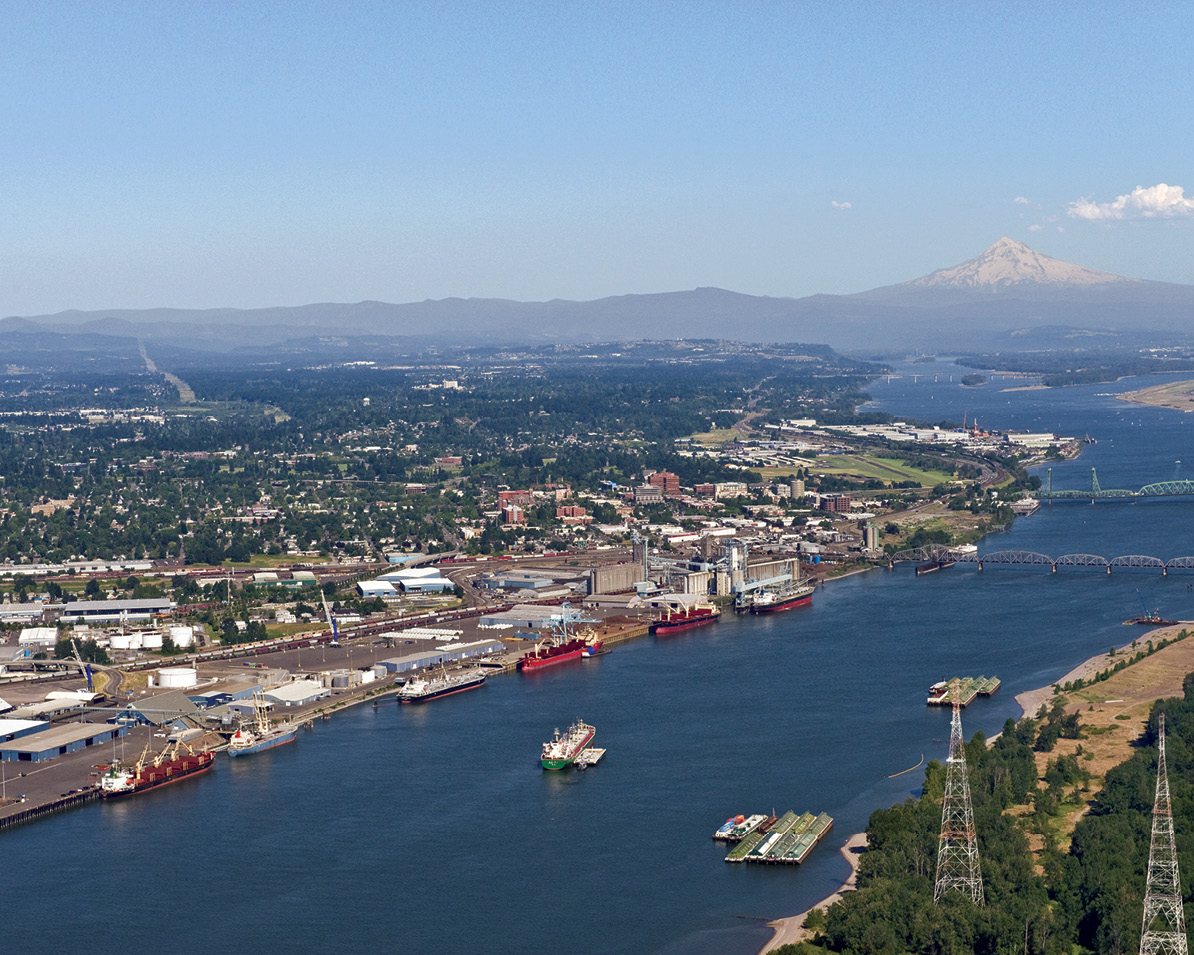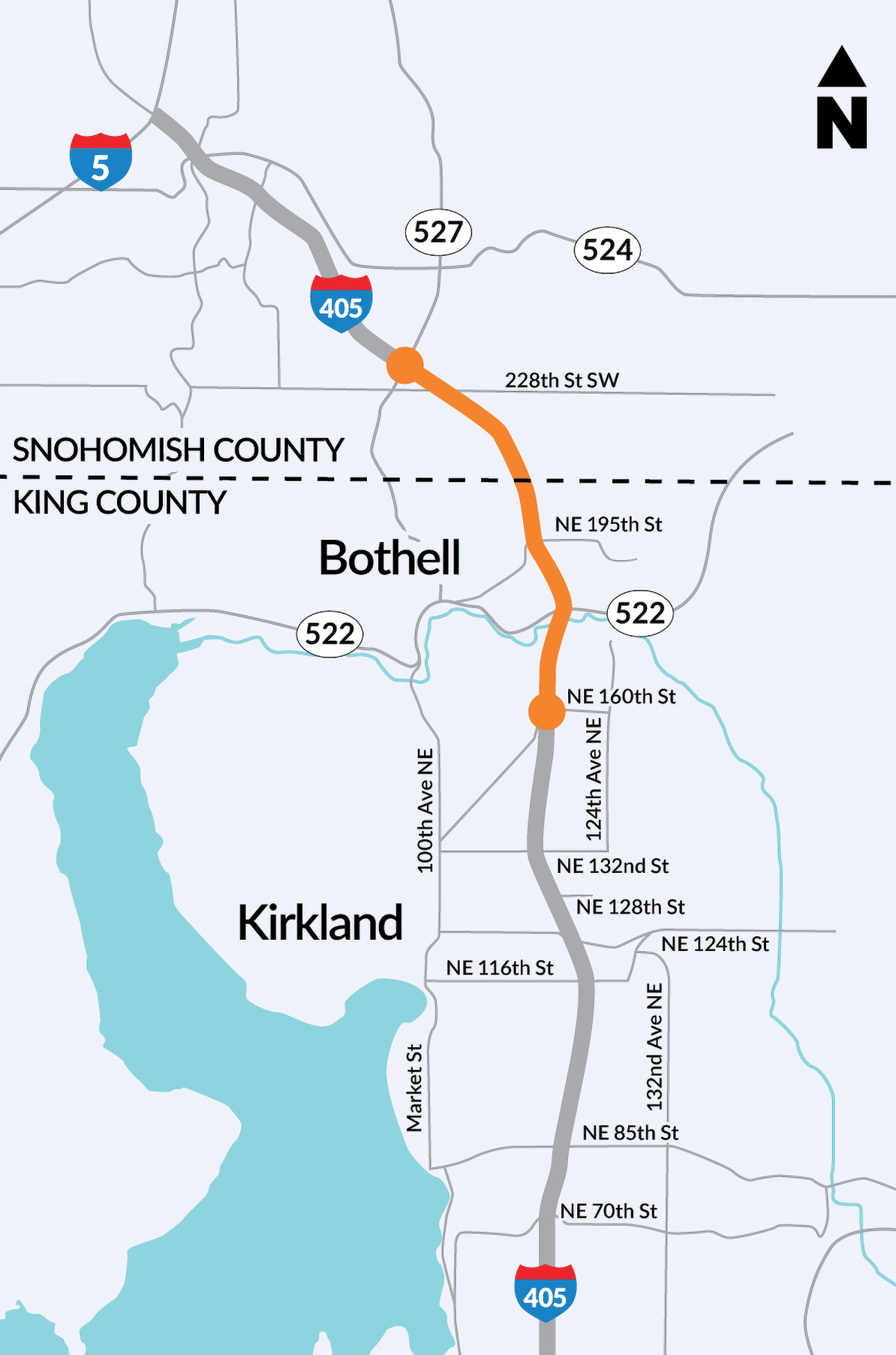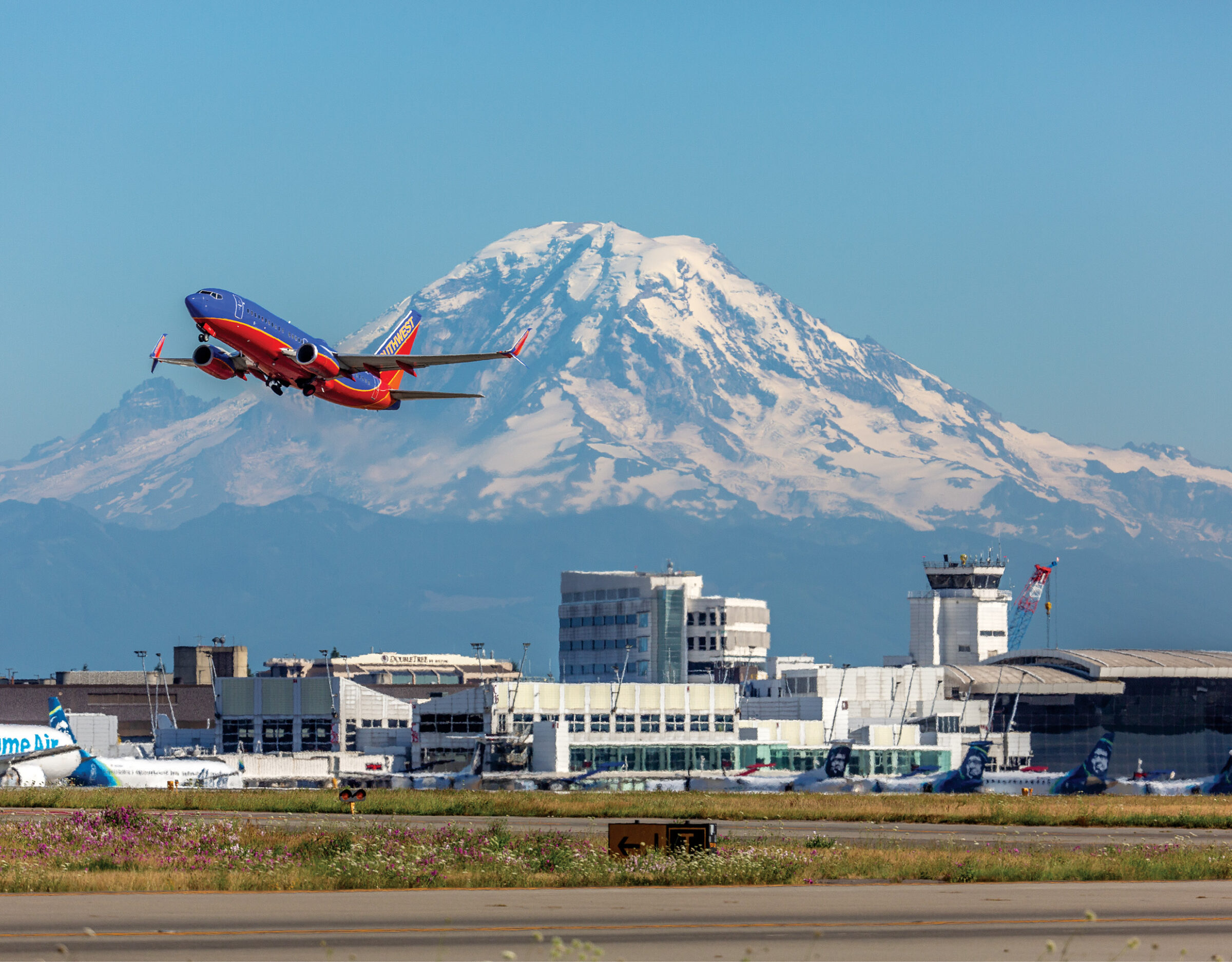More than $4.3 billion in federal funding is headed toward the state of Washington from more than 550 allocations made by the federal government under the Bipartisan Infrastructure Law, according to the data dashboard maintained by the Office of Management and Budget.
Among those projects is a grant from the America’s Marine Highway Program to help with barge service expansion at the Port of Vancouver USA.
But the infrastructure of global commerce needs private-sector investment too. Witness
the October announcement by Belgium’s Solvay that it plans to partner with Vancouver Bulk Terminal to redevelop Terminal 2, Berth 7 at Port of Vancouver into a soda ash export facility.
“The newly designed terminal will have the capability to annually process more than 2.5 million tons of soda ash,” a press release announced, supporting a previously announced expansion of Solvay’s soda ash operations in Wyoming. “The terminal will also add crucial export capacity to the North American soda ash industry, which is recognized as the world’s fastest-growing soda ash producing region.”
“The Port of Vancouver USA is incredibly excited to welcome Solvay to the port and grow our role as a leading ‘green energy gateway’ on the U.S. West Coast,” said Alex Strogen, chief commercial officer for the Port of Vancouver USA. “Not only is soda ash a critical commodity for a vibrant economy, it’s essential for manufacturing of the lithium-ion batteries that power EV’s and the glass panels used in the solar industry.”
Soda ash, in other words, is infrastructure too, in the most literal sense of being part of the structure of materials.
As for Solvay’s location decision, “First and foremost, the infrastructure is the best we have seen of any of the potential sites for our facility,” Solvay’s Brian G. Kebart tells me. He’s president of American Soda and executive vice president, global supply chain for Solvay’s Soda Ash & Derivatives global business unit. “Rail access, current port infrastructure and the deep water draft are all very favorable. Additionally, the site we will develop is a brownfield site, and allows us to utilize some of the current infrastructure to manage our costs.
“Finally,” he adds, “the management at the port, as well as that of our future partner Vancouver Bulk Terminals, have been extremely good to work with, having very similar values to Solvay in terms of collaboration, minimizing environmental impact and focusing on DEI.”
Built-In Support System
An array of recent funding announcements from federal as well as Washington state government offers more evidence of the intrinsic relationship between crucial infrastructure components and just-as-crucial business growth opportunities.
In September, the U.S. Department of Energy awarded the state a $23.4 million Grid Resilience State and Tribal Formula Grant (funded through the Bipartisan Infrastructure Law) to modernize the electric grid and reduce impacts due to extreme weather and natural disasters. The state will hold a competitive selection process to identify projects suitable for deployment of the funds. The grant is part of $2.3 billion coming from the program over the next five years to U.S. states, territories and tribes, including a separate $1 million grant to increase electrical system reliability on the Spokane Reservation.
“Electricity is an essential lifeline for communities. Improving our systems by reducing disruptive events is key as we cross the finish line of a 100% clean electricity grid and ensure equitable benefits from the clean energy economy reach every community,” said Gov. Jay Inslee.

Belgian conglomerate Solvay in October announced it would partner with Vancouver Bulk Terminal and Port of Vancouver USA to redevelop a berth for a major soda ash export facility.
Photo courtesy of Port of Vancouver USA
“This is a significant opportunity to supplement our state investments in building a robust, resilient electric grid that supports our long-term vision for clean, affordable and reliable electricity — the foundation for economic growth and job creation that strengthens our communities and keeps Washington globally competitive,” added Washington State Department of Commerce Director Mike Fong.
In June, the National Telecommunications and Information Administration (NTIA) announced Washington will receive nearly $1.23 billion to bring “affordable and reliable Internet for All” via NTIA’s Broadband Equity, Access and Deployment (BEAD) program. The funds match up well with the state’s own Digital Equity Plan. Such foresight may be one reason why the allocation exceeded the Washington State Broadband Office’s initial estimate by more than $300 million.
In early 2023, federally backed infrastructure improvement took the form of new services instead of new funds, as Amtrak, in collaboration with the Washington and Oregon departments of transportation and other agencies, restored its Cascades service between Portland, Oregon, and Vancouver, British Columbia, for the first time since 2020. Service from Seattle to Vancouver had been restarted in September 2022. The route serves 12 stations along the I-5 corridor, offering spectacular river, mountain and coastline views along the way.
“The resumption of this additional roundtrip marks the first time since the pandemic that passengers can travel on the same train to all stops between these major cities,” said Ron Pate, director of WSDOT’s rail, freight and ports division. “We’re looking forward to adding even more Amtrak Cascades trains later this year between Seattle and Portland.”
At the state level alone, in May 2023, the Washington State Public Works Board (PWB) in September announced more than $221 million in construction loans and grants had been awarded to 61 projects, most of them for water, stormwater and sanitary sewer improvements. Among them:
- Clark Regional Wastewater District: $10 million for phase 2 of the Discovery Corridor Wastewater Transmission System sanitary sewer project in Clark County.
- City of Auburn: $3 million for road and street improvements as part of the Auburn Way South project in King County.
- City of Tacoma: $2.5 million for the Links to Opportunity Streetscape Project. “This project will improve the condition of existing sidewalks along the nearly completed Sound Transit Link light rail project. These efforts will increase safety and accessibility for pedestrians, businesses and residences along the light rail corridor.”
The PWB announcement said it anticipates opening its next construction funding cycle in spring 2024 with up to $148 million available.

Skanska was selected in September by the Washington State Department of Transportation (WSDOT) as the contractor for the I-405 project in Bothell, where express tollway improvements will be funded by $605 million allocated by the Washington Legislature.
Map courtesy of WSDOT
In July, the Washington Community Economic Revitalization Board approved more than $4.5 million in low-interest loans and grants for economic development and public infrastructure improvements intended to spur business growth and job creation. Among them:
- Thurston County – $1.125 million loan and $375,000 grant to the City of Tenino for the “Southwest Washington Agricultural Business and Innovation Park Project.” Dragonwheel Investment Group, Inc., a committed private-sector partner, is investing $2.1 million in the project, “which is estimated to create and retain 40 jobs,” said the CERB, adding that $2.7 million in other state and local resources match CERB funds.
- Skagit County – $2.25 million loan and $750,000 grant to the Port of Skagit County for the “Watershed Business Park Project 1 Development Project.” The project “is estimated to leverage $3.1 million in private investment and create 60 jobs,” with CERB funds matched by $3 million in local resources.
- Since 1982, CERB has committed more than $243.8 million to local jurisdictions across the state, “an investment generating more than 39,000 jobs, and private capital investment of $6.3 billion — a $26-to-$1 return on CERB investments,” said CERB. In May 2023, the organization approved more than $10 million in low-interest loans and grants whose recipients included:
- Adams County – $3.75 million loan and $1.25 million grant to the Port of Othello for the Bruce Water Tower Construction Project. “This project will build a 200,000-gallon water tower with infrastructure upgrades to create a looped water system that connects an additional 105 acres of the Bruce Industrial Park to the existing system.” Private-sector partner Progresso Farms LLC is investing $20 million in the project and expects to create and retain 72 jobs.
- Snohomish County – $5 million loan to the Port of Everett for the Millwright Loop Road Phase 2 project, which will build roads, sidewalks, parking and underground utility infrastructure for the second phase of the Waterfront Place development, where private-sector partner LPC West, Inc., is investing $90 million and expects to create 113 jobs. CERB funds are matched by approximately $16.2 million in local resources.
- Spokane County – $50,000 grant to the City of Spokane for a feasibility study on the development of a creative economy hub, including business incubation and acceleration in downtown Spokane.
For businesses looking for places to grow, an innovation economy requires solid infrastructure.

